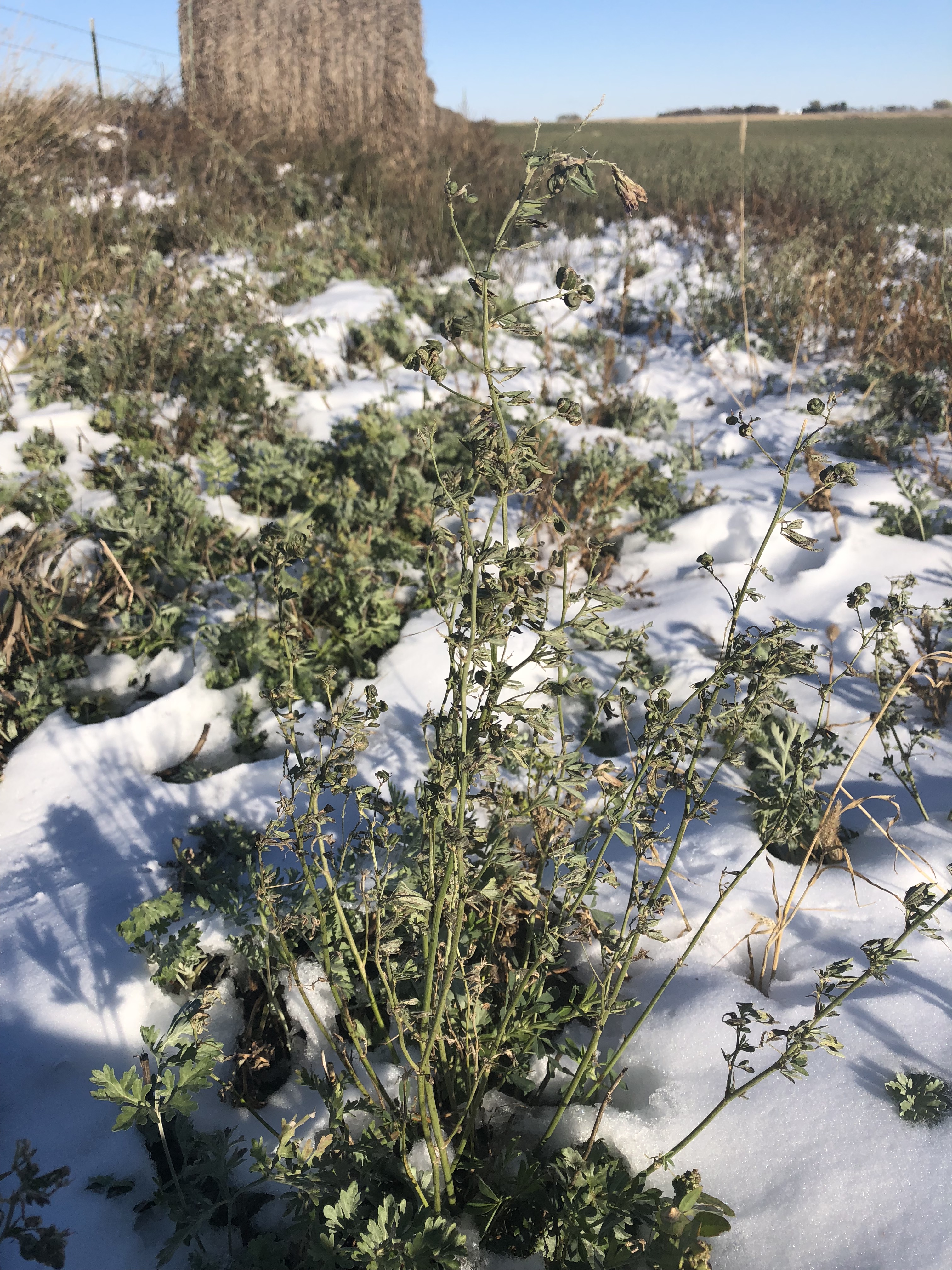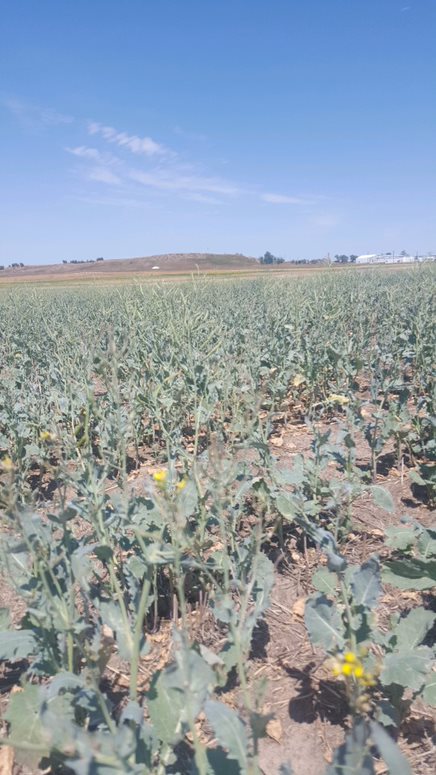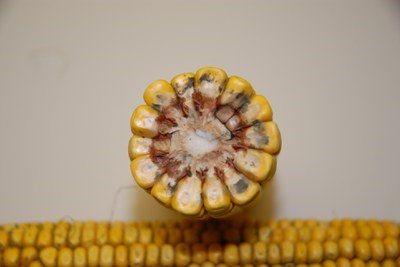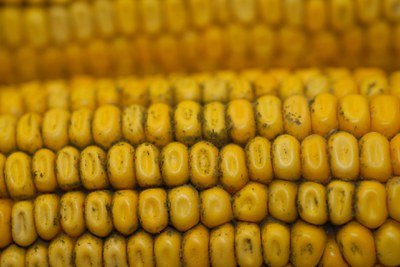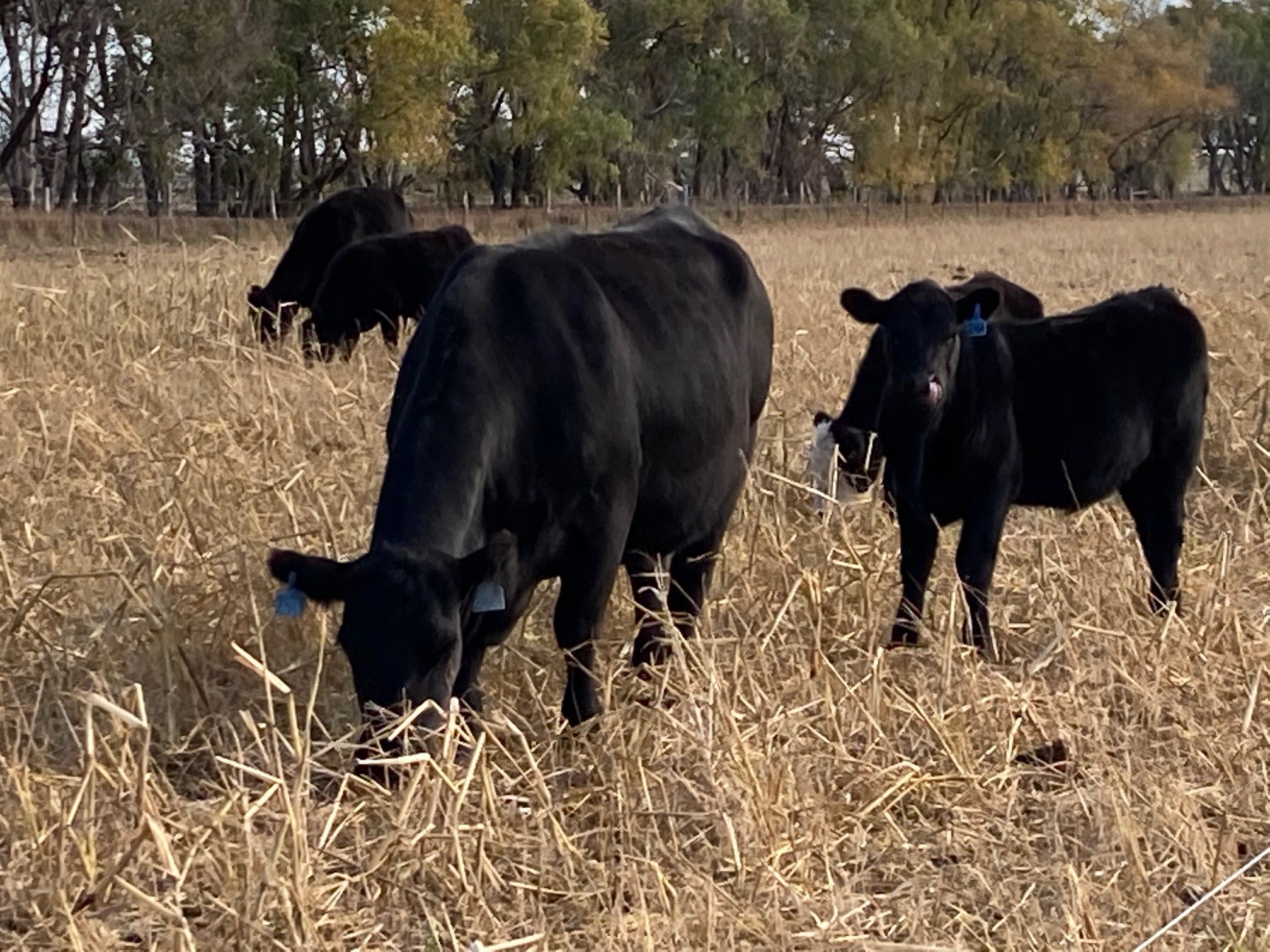Vomitoxin is one of the most concerning issues with wheat, barley, oats and rye. If Fusarium head blight is found in a small-grain field, it likely will have vomitoxin, but the levels are difficult to predict. High vomitoxin levels have been found in wheat throughout North Dakota, with levels ranging from one to more than 20 parts per million (ppm).
The U.S Food and Drug Administration has set advisory vomitoxin levels for beef and feedlot cattle 4 months or older at 10 ppm, and feed with vomitoxin cannot exceed 50% of their total diet. Research conducted at NDSU and the University of Minnesota suggests that beef and feedlot cattle can tolerate vomitoxin levels up to 18 and 21 ppm, respectively.
Wheat makes excellent livestock feed but ferments rapidly in the rumen, which greatly increases the potential for digestive issues such as acidosis, bloat and founder. This risk may be decreased slightly when grazing whole grain due to its fibrous material and a hard seed coat.
If much of the wheat has significant sprout damage, it will reduce but not eliminate the risk of acidosis significantly. If sprouts are visible on standing grain, much of the starch has been used as a food source that allowed the seedling to grow. Any remaining grain still could contribute to the potential for acidosis, but the overall starch level will be reduced significantly.
Limit wheat to 0.4% of body weight when used as a supplement for beef cows, or 5 to 6 pounds per head per day for hard wheat and 3.5 to 4.5 pounds per head per day for durum.
If grazing, fields should be strip grazed to limit grain intake. Yield needs to be determined so producers can use that number to evaluate how many acres should be available to livestock on a daily basis.
Some of the fields may have shelled out, but others may have significant grain remaining. For more information on yield estimates, visit NDSU's Ag Hub.
Strip grazing should be limited to no more than three days, with one to two days preferred, to reduce digestive issues.
Ergot is another concern in high-moisture small grains. Ergot is well adapted in the state, with a very large grass host range, including quackgrass, brome grass and small grains. Ergot is common in cool, wet conditions that support the pathogen.
Ergot bodies contain toxic ergopeptide alkaloids that have a higher toxicity in cattle, compared with vomitoxin. Ergot poisoning may result in tail and ear losses, lameness, loss of hooves and even abortions. Specialists recommend sampling grain and having it analyzed for ergot. See NDSU Extension's Ergot in Small Grains publication for more information.
